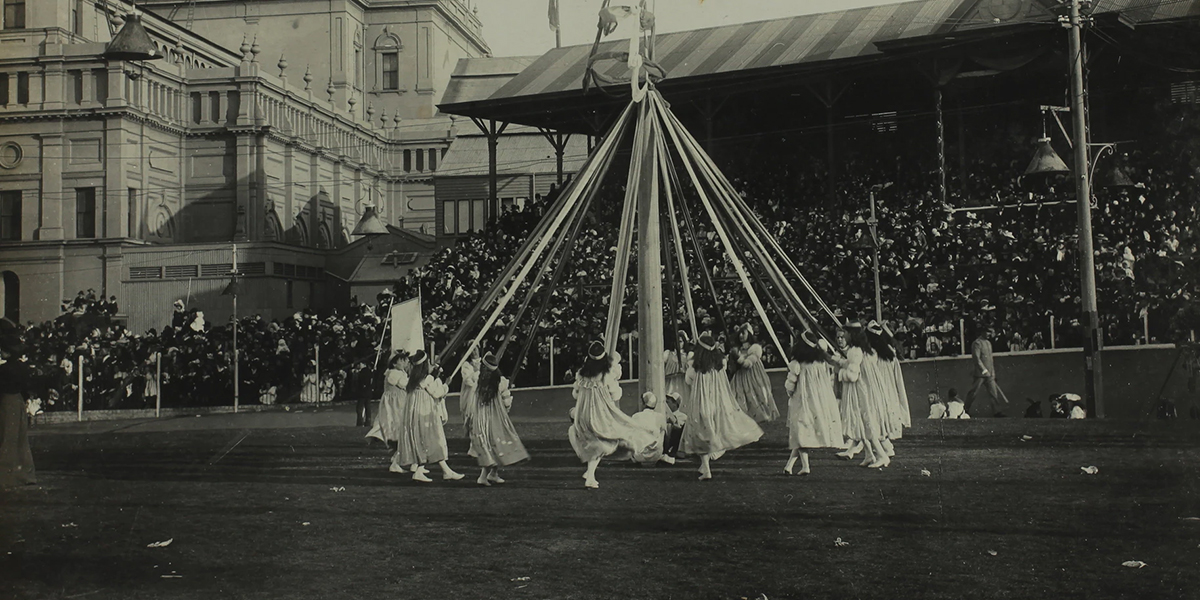For many nations across the globe, the beginning of May holds significance for a number of reasons. May Day is a celebration across Europe that symbolises a transition into spring from winter and is thought to derive from Roman and Celtic roots.
May Day celebrations vary but can include dancing around a Maypole (what is a Maypole?), a tradition rooted in paganism, or gathering wildflowers.
In the UK, May Day is typically celebrated on the first Monday of the month and is regarded as a bank holiday. This year, May Day was moved to the 8th to coincide with the special 75th anniversary of the end of WW2. Known as Victory in Europe (VE) Day, the day commemorates the surrender of Nazi Germany and its armed forces on 8th May 1945.
This year, Queen Elizabeth II is expected to make a special televised address next Friday.
International Workers Day
For other parts of the world, May Day is also a celebration of workers’ rights and has been since the 1880s. In the United States, during the industrial revolution, poor working conditions led to thousands of men, women and even children dying. In the late 19th century, it was decided amongst socialists, communists and trade unions that May 1st would become International Workers Day.
The day dates to the 1886 Haymarket Affair in Chicago which saw police officers disrupt a peaceful protest for eight-hour workdays which killed 4 people after someone threw a bomb into a crowd. The day has since had a significant impact on global labour movements throughout history.
William J. Adelman, a labour studies professor, said that “No single event has influenced the history of labor in Illinois, the United States, and even the world, more than the Chicago Haymarket Affair. It began with a rally on May 4, 1886, but the consequences are still being felt today.”
Protests are a usual marker of the annual day, however, with the ongoing pandemic and social distancing measures in most countries, there will be considerably less people on the streets.
- This Artist is Making the Underwater Arena His Canvas - 28th April 2021
- A Video Game that Promotes Peace and Conflict Resolution - 15th March 2021
- Netflix’s ‘Living Undocumented’ is a Difficult Series to Watch, and Exactly Why We Should - 9th March 2021






